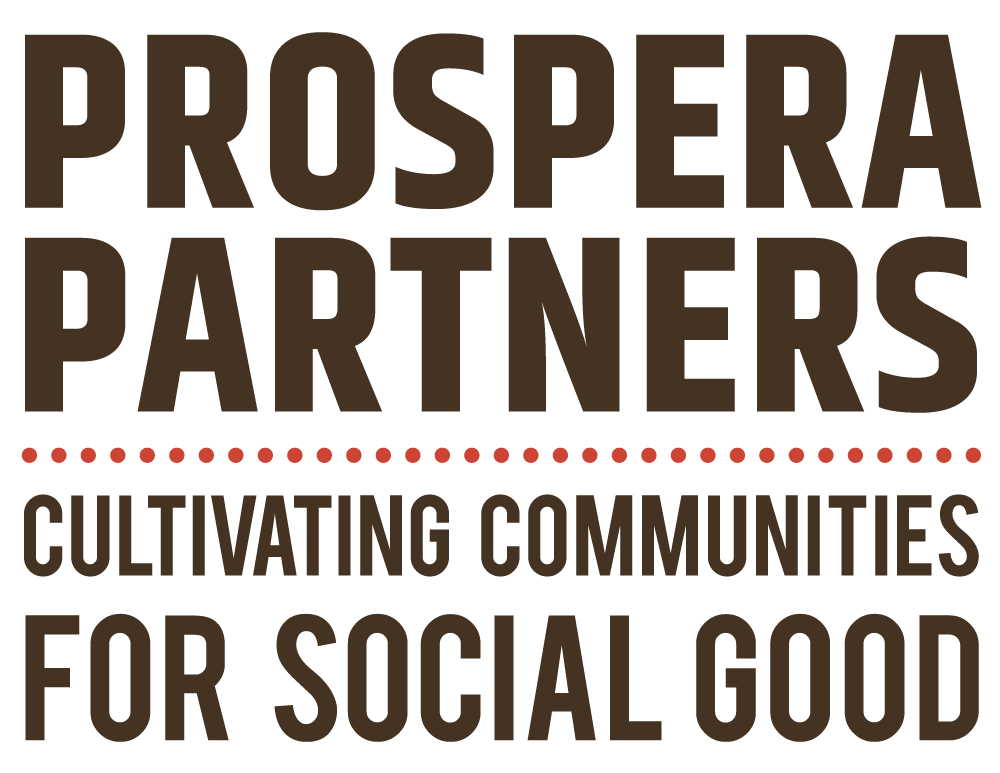 The other day we were scrolling through one of our social media feeds and saw this:
The other day we were scrolling through one of our social media feeds and saw this:
“What if I told you there is a secret club working on changing the New Mexico economy for the better through encouraging social enterprise?”
To be blunt, this made us skeptical.
Secret club changing the economy? Isn’t that what we already have in the world when it comes to the economy – places, both physical and intangible – that the majority can’t access? Our intention in sharing this is not to shame whomever wrote this post (we know very little about this club, who’s involved, and what they do, which seems to be intentional), but to name the red flag that was raised for us when these words came across our feeds.
Our gut reaction of skepticism is connected to our values. Our work is mostly the opposite of a secret club. In fact, we believe that work centered around social impact must be inclusive, which means transparency must be embedded in it.
Why is transparency valuable for nonprofits and social enterprises?
First of all, nonprofits are legally mandated to make certain information transparent as their 990 tax forms must be publicly available. This transparency means anyone can know more about organizational assets, how much executive staff are being compensated, revenues and expenses, and other high level insights into the financials of an organization.
Social enterprises might do something similar by sharing salaries in job postings, letting staff and community members know about profits, or other metrics that demonstrate the financial impact on the community.
That being said, we don’t think transparency is only relevant to sharing more about finances. If your work is centered around community impact, there is an expectation that there is some level of transparency for those affected by or engaged with the community served. How decisions are made, where materials are sourced from, clarity on how potential external partners can engage – these are all organizational elements that can be highlighted as considerations to embed transparency into the work.
We often see distrust between the communities that are being served and those who are offering the support. This is often due to a lack of transparency. If an outsider is coming in and telling you what to do without explaining the reasons or people behind it, most people won’t like that. People want the agency to engage with those they feel in alignment with, and if a constituent doesn’t understand who you are, what your intentions are, or why you are engaging, there is a level of distrust in the process before you even get started.
Keep in mind this article is not a declaration for 100% transparency. We understand and will encourage organizations and businesses, when appropriate, to remember that sometimes transparency is not a part of the process. For example, there can be personnel conflicts that require privacy to care for those impacted. Sometimes transparency efforts can create operational or administrative burdens if every aspect of the business or organization has to be shared externally, as well.
Instead, this article is our push to have you consider where your business or organization is or is not being transparent. Where might it serve you to have more visibility of the inner workings of the organizational decision-making process? Are there elements of the business that might demonstrate to the community your dedication to economic impact? Why, or why not?
Need some help prioritizing transparency in your org or biz? Drop us a line!


